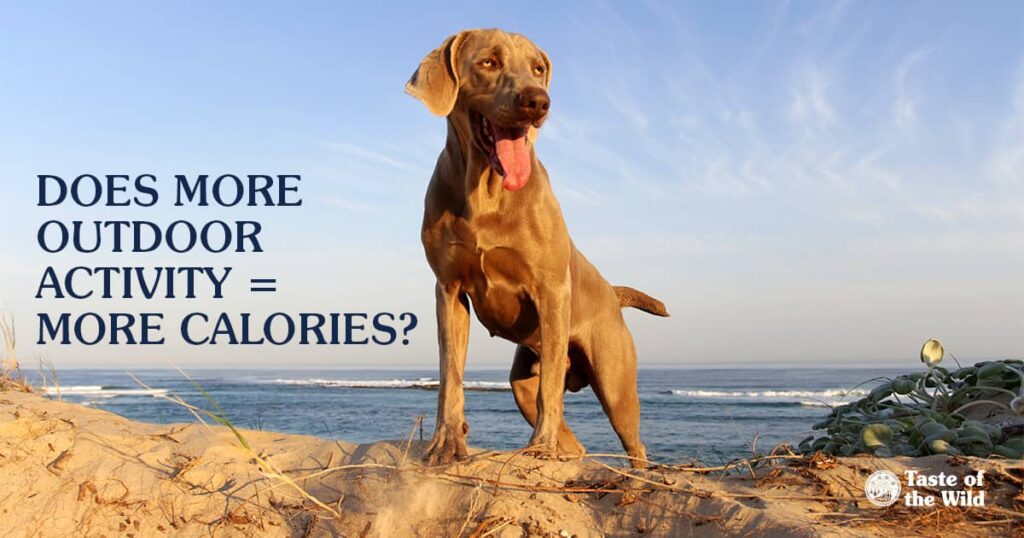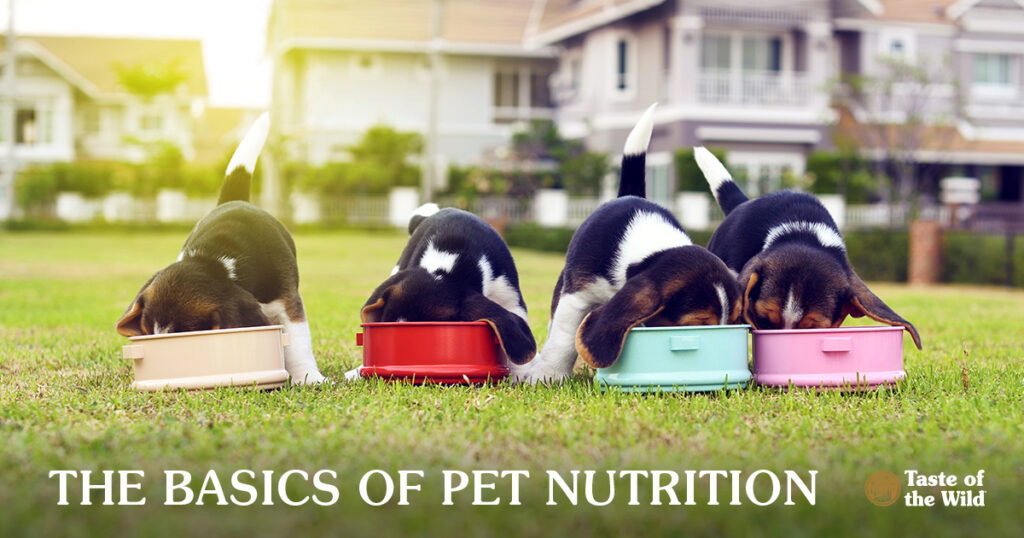
Welcome to “Can My Dog Eat That?,” our series that answers some obvious (and not-so-obvious) questions about what your dog can and can’t safely eat. Today: Can dogs eat sweet potatoes? Read on!
Sweet potatoes are a divisive food on the human table. It seems that people either love ’em or hate ’em, and there’s no in-between. In the dog world, however, it’s a “people food,” so chances are, your dog would scarf them down if given the opportunity.
But should you give your dog the opportunity? Can dogs eat sweet potatoes?
What is a sweet potato, anyway?
It might surprise you to hear this, but sweet potatoes are not potatoes at all. Or at least they’re not stem tubers, as most potatoes are classified. Sweet potatoes are actually root vegetables and only distantly related to your standard ’tater. But that’s not to say that they aren’t similar. Both sweet and regular (white) potatoes offer roughly the same calories, protein and carbs, but they differ in their additional benefits. White potatoes provide plenty of potassium, and the sweet potato’s bragging rights are attached to their copious amounts of vitamin A. Now, despite the name, a raw sweet potato isn’t actually sweet; it just tastes starchy, like the other kinds of potatoes. But when you start cooking sweet potatoes, the heat releases an enzyme that breaks down all that starch and turns it in to a form of sugar. This “sugar” isn’t half as sweet as the stuff you put in your coffee, but compared to a normal white potato, it seems like candy — which may explain why your dog would be so eager to eat a sweet potato.
Are Sweet Potatoes Good for Dogs?
Sweet potatoes can be very beneficial, providing energy while helping support gut health, thanks to the high levels of antioxidants. The vitamins like vitamin A in sweet potatoes help maintain healthy eyes and skin. The dietary fiber in sweet potatoes helps support the digestive system. Yes, sweet potatoes are good foods for dogs!
How Do I Cook Sweet Potatoes for Dogs?
Don’t feed your dog raw or whole sweet potatoes; the skin can be hard to bite through and isn’t great for the digestive tract, and if your dog bites large chunks of the ’tater, they could choke. Prepare them by baking, boiling or mashing them. DON’T candy sweet potatoes as you would for your family’s Thanksgiving dinner, though. When dogs eat sweet potatoes, they should be as plain as possible.
In fact, the best way to offer your dog sweet potatoes is as an ingredient in their dog food, to make sure that it’s part of a balanced diet. Many dog food recipes use sweet potatoes as a healthy source of carbohydrates, so check the ingredients panel on the bag or can. Your dog might already be enjoying sweet potato!
Can Dogs Eat Raw Sweet Potatoes?
No, your dog should never eat raw sweet potatoes. Unsweetened, cooked sweet potatoes are fine, but uncooked sweet potatoes are choking hazards and can cause intestinal blockages. Make sure those sweet potatoes are cooked!
Can Dogs Eat Sweet Potato Skins?
When feeding your dog sweet potatoes, make sure you remove the sweet potato skin. It isn’t poisonous, but the skin of sweet potatoes is hard to chew and can be a choking hazard or even block the intestines. Skin those sweet potatoes!
There’s a Caveat with the Sweet Potato
As with anyone’s diet, your dog’s diet should be judged for your individual dog. Diabetic or overweight dogs shouldn’t indulge in sweet potatoes outside of a reputable dog food recipe. If you have any questions about your dog’s diet and whether they can or can’t eat a sweet potato or two, contact your veterinarian.
Can my dog eat sweet potatoes?
They can, if the sweet potato is prepared properly and served in moderation, considering your individual dog’s diet needs. Introducing sweet potatoes as an occasional snack could be a welcome variation!
The Verdict?
Your dog will love them if you feed sweet potatoes in small amounts. Plenty of nutritional benefits for a pet of any size.

More Doggy Diet Questions?
If you’ve ever asked Can My Dog Eat That? there’s a pretty good chance that we’ve written an article about the answer. Follow our blog here for all sorts of answers to the question as well as other nutritious treat info.



